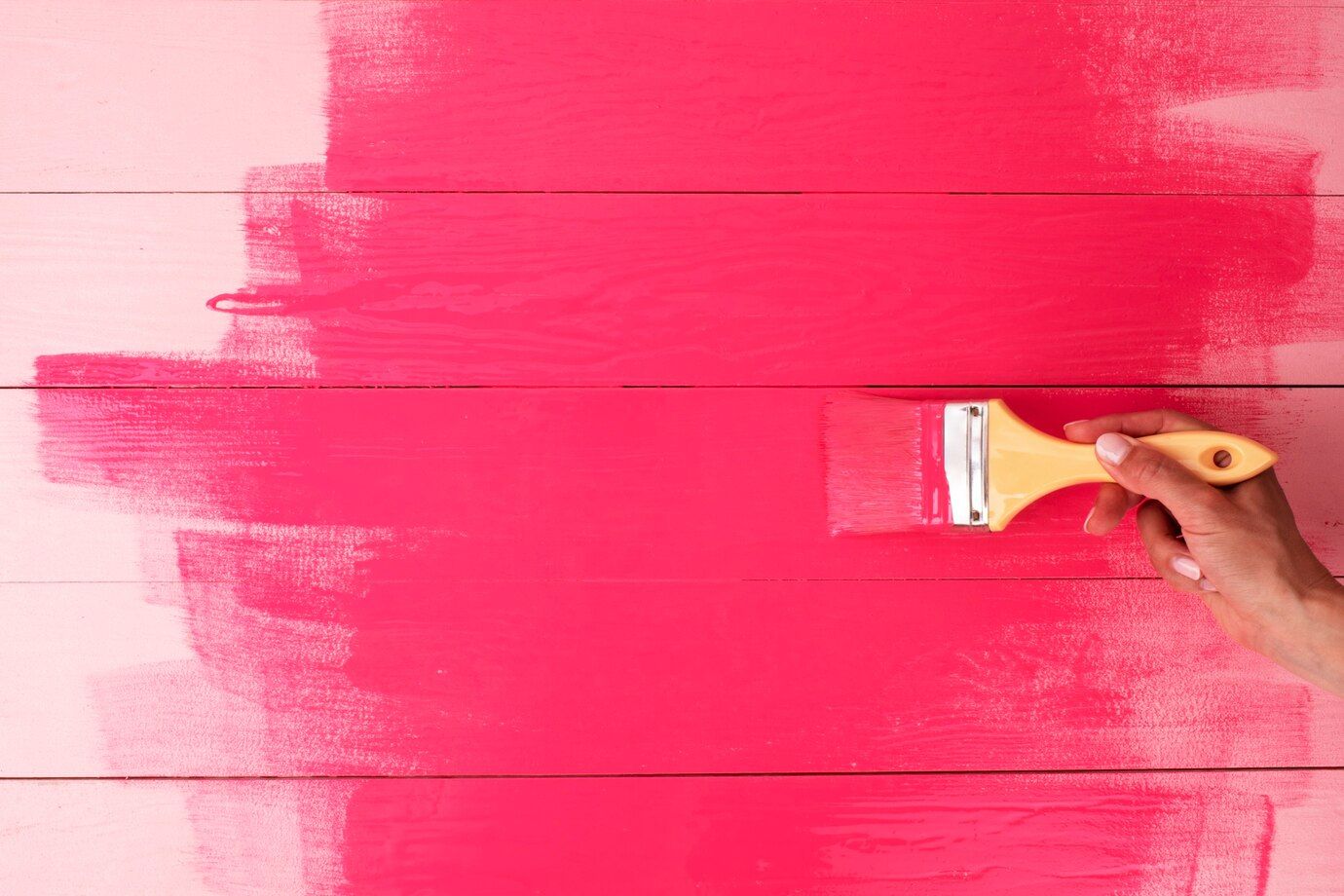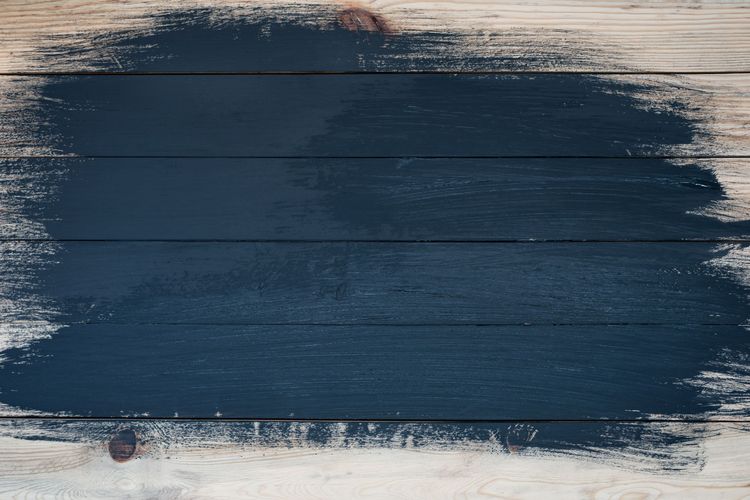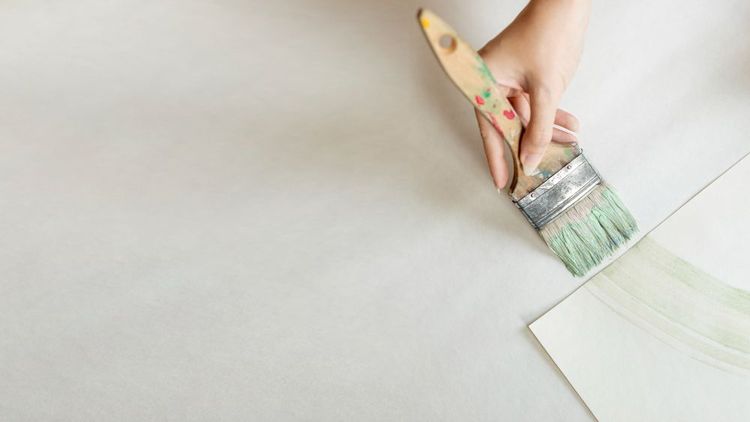Staining or clear coating for yours floors: the pros and cons

When choosing a finish for wood floors, owners are faced with the question of whether to use a clear coat to preserve the natural look of the wood, or to stain the floor to give it a bright and unique style. Both options have their advantages and disadvantages, and the choice depends on design preferences, room type and operating conditions. In this article, we'll break down the pros and cons of each method and how to choose the right coating to emphasize the beauty and durability of your wood floors.

Advantages and disadvantages of wood floor paint
Painting a wood floor is one way to give the covering a unique look and a striking accent in the interior, but it has both pros and cons.
Advantages:
- Variety of colors and styles Paint provides the opportunity to choose almost any color, which allows you to create a special mood in the room or support the interior style. This is especially true for modern and eclectic designs that use bold color schemes.
- Hiding imperfections Paint helps to hide scratches, darkening and other imperfections that may have accumulated on a wood floor over the years. This makes it a great option for restoring older floors that are in need of refinishing.
- Additional protection The paint forms a durable coating that protects the wood from damage, moisture, and wear and tear. This makes it a good choice for high-traffic areas, such as hallways and kitchens, where extra floor protection is needed.
Disadvantages:
- Reduction of the natural aesthetics of the wood The paint completely covers the grain and color of the wood, which may not suit those who prefer a natural look. The wood loses its natural beauty, which is one of the reasons why wood floors are so popular.
- Requiring Renovation Over time, the paint can begin to peel, fade or scratch, especially in high-traffic areas. This requires regular refreshing of the coating, which can be a time-consuming process as painted floors need periodic restoration.
- Difficulty in removal If, over time, there is a desire to restore the floor to its natural look, significant work will be required to remove the paint, which can damage the wood. The paint removal process requires sanding and additional maintenance to restore the floor to its original appearance.
Thus, staining a wooden floor is suitable for those who are looking for bright and non-standard solutions, but it is worth considering the need for maintenance and possible difficulties in further restoring the natural look of the wood.
Advantages and disadvantages of transparent coating
Transparent coating for wood flooring is a popular choice, as it allows you to preserve and emphasize the natural beauty of wood. However, like any finishing option, it has its pros and cons.
Advantages:
- Preservation of the natural look Clear coatings such as varnish, oil or wax allow the wood to “breathe” and retain its natural grain and color. This makes the floors more lively and aesthetically pleasing, emphasizing the unique grain and shade of the wood, which is ideal for classic and minimalist interiors.
- Natural shine and softness A clear coat can add a beautiful, natural sheen to the floor, making it more attractive. Oil and wax give the wood a soft and warm touch, while lacquer adds a more pronounced gloss, protecting the floor from minor damage.
- Easy maintenance and refinishing Unlike paint, clear coats require less frequent refinishing. An oil or wax coated floor can be locally restored in case of minor scratches, while a clear lacquer can withstand heavy use and retain its protective properties for a long time.
Disadvantages:
- Less protection against wear and tear Although clear coats protect the wood, they are not always as durable as painted surfaces. In high-traffic areas or areas where the floor is exposed to water, these coatings may lose their appearance more quickly and require additional maintenance.
- Sensitivity to moisture and temperature changes Clear coated wood floors are more susceptible to changes in humidity and temperature, which can cause the wood to dry out or swell. This is especially true in areas with high humidity, such as kitchens or bathrooms.
- limited ability to hide defects A clear coat does not hide wood defects such as scratches, stains or darkening. This makes it less suitable for floors with pronounced signs of wear and tear, as any defects remain visible and can compromise the appearance of the coating.
Thus, clear coat is ideal for those who want to preserve the natural look of wood and emphasize its unique qualities, but it requires careful maintenance and may be less resistant to wear and tear under certain conditions.

Which option to choose
The choice between staining and clear coat depends on the desired appearance, level of protection, and conditions of the wood floor. If you want to preserve the natural beauty of the wood and emphasize its grain, a clear coat is the best solution. It gives the floor a natural shine and allows the wood to show unique shades and patterns, which is suitable for classic and minimalist interiors. Transparent coating also makes maintenance easier: it can be easily renewed, maintaining its aesthetic appearance for many years. However, such a coating is more suitable for rooms with moderate traffic, as it is sensitive to moisture and mechanical influences.
Painting, in turn, opens up wider opportunities for creating bright and individual interiors. The choice of almost any color allows you to adapt wood flooring to any style, adding an expressive accent to the space. In addition, the paint protects the wood from wear and tear, hides small defects and is suitable for areas with heavy use, such as corridors and kitchens. However, you should be prepared for the fact that painted floors will require regular refinishing and may lose their original appearance over time.
Thus, to create a natural, warm atmosphere, it is better to choose a transparent coating, especially if the floors are located in areas with moderate load. If practicality, protection and design originality are important, it is worth considering coloring, which gives the floor a bright character and high resistance to wear and tear.



